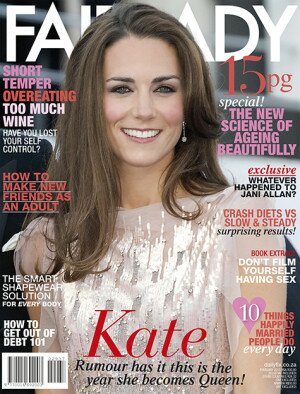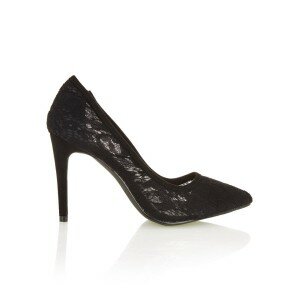-
How to self-publish
25 March 2014
According to Wikipedia, self-publishing is the publication of any book or other media by the author of the work, without the involvement of an established third-party publisher. A self-published physical book is said to be privately printed. The author is responsible and in control of entire process including, in the case of a book, the design of the cover and interior, formats, price, distribution, marketing and public relations. The authors can do it all themselves or outsource all or part of the process to companies that offer these services. This can include traditional printed books as well digital or e-books.
Reasons to do it
Publishers are market-driven and even if your story is good, it may not resonate with a big enough market. For example, if you’ve written a family history or personal story, this could be route for you.The advantages
You can bypass the tiring process of finding a publisher and you retain copyright, editorial control and keep the net profit. Some publishing services companies offer print-on-demand (POD) distribution (copies of the book are only printed once ordered), which means you can also avoid the risk of printing books that might not be sold. POD also means your book remains ‘in stock’ indefinitely. ‘There’s also the chance to develop your name, assuming you’ve done it well,’ says Colleen Higgs, independent publisher at Modjaji Books. And, if you go the e-book route, it’s easy to transform your work to other formats (e.g cellphone, website), says Arthur Attwell, publishing director of Electric Book Works.A word of warning
Self-published books are often associated with poor quality, so booksellers are wary of them. Print quality varies with each printer and your choice of page sizes, paper, finishes and binding is often limited. Marketing and distribution take time and money, and you may be at a disadvantaged if you lack contacts or experience. And it may be difficult to have your work accepted in the literary arena, warns Higgs.Show me the money
Though you get the net profits (usually about 10–20% of the selling price of your book), you also bear all the cost. Higgs estimates a minimum investment of R10 000 for a print run of about 300 for an 80-page book, excluding any outsourcing of experts and additional marketing costs. ‘Your book can be profitable though, if it’s meeting a need that isn’t being met in any other way,’ says Higgs. Academic and reference books work well as e-books – ’because people need the content to be searchable,’ says Attwell – and so do erotic fiction, romance, and science fiction.Here’s the how to:
1. Check it out
Have your book edited before submitting it for printing.2. Choose a printer
‘Only approach printers that have been recommended and get at least three quotes. You don’t have to copyright your work, but an ISBN is essential – without it, your book can’t be sold through the usual retailers,’ says Higgs. (Many publishing services companies will get an ISBN for you.) If you’re creating an e-book, it may be an idea to do a printed edition too, says Attwell, if you’re not comfortable doing online marketing.3. Decisions, decisions…
It’s time to finalise typography, cover design, paper, page size, binding, and layout. Many publishing services companies have packages that include these services, but you can also hire professionals to help you. Have a proofreader read over the final product. The entire process can take between one and eight months.4. Sell it!
Pre-marketing is useful, says Higgs. Send out review copies and work your contacts. Sell directly to your target market, and explore all online avenues: join online book clubs as well as blogs and forums relevant to your book; create a website or ‘shopfront’ for your book. For e-books, use relatively cheap advertising services such as Facebook. Include details of your book(s) at the end of every e-mail you send.5. Get it out there…
Ask specialist and independent shops to stock your book; they tend to be more approachable. Some publishing services, such as Readhill Publishing’s Mousehand, and Trafford Publsihing will make your work available through online bookstores and distributors.Text : Fairlady magazine
Image: Ideas magazine













